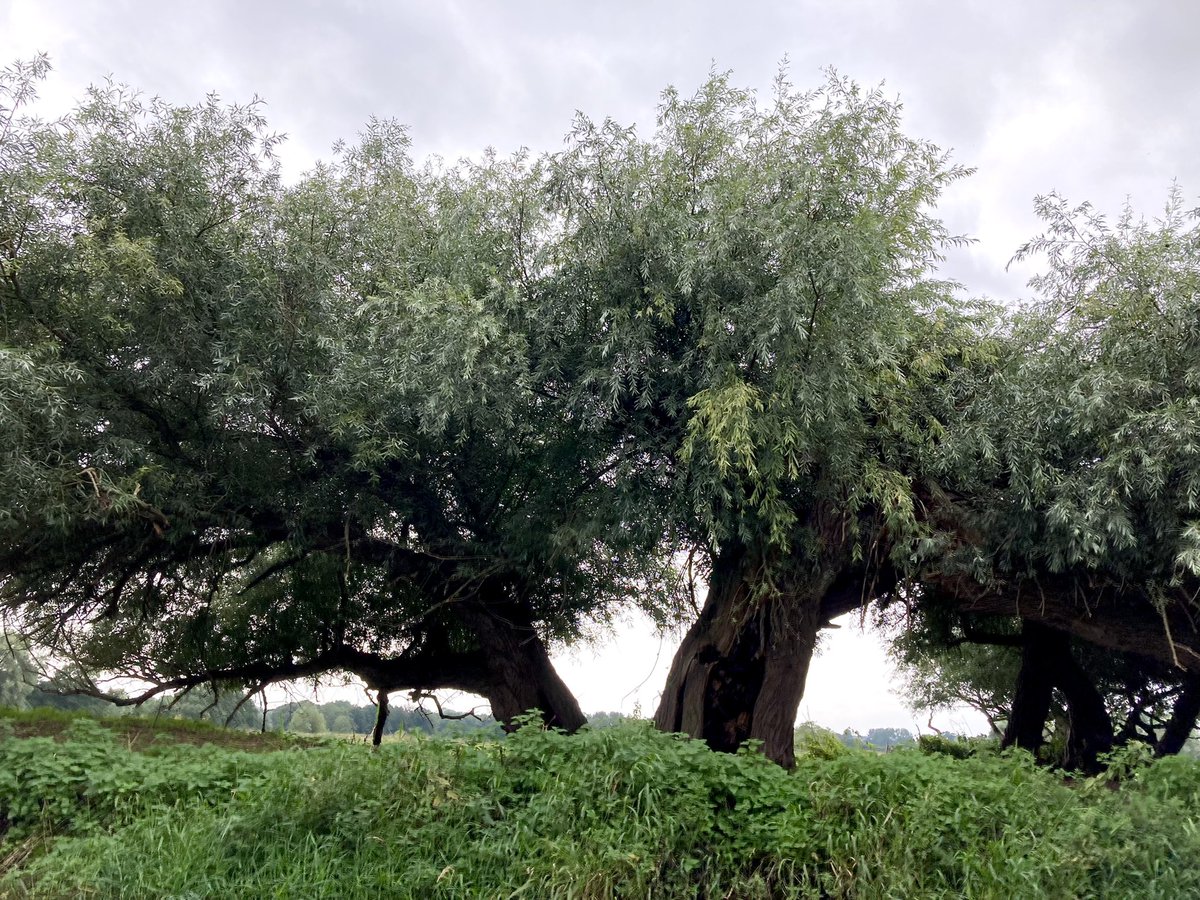Tugging at a short THREAD. I came across this lovely mid/late 19thC painting by a Dutch artist yesterday of a paddle #sluice in pasture - the paddles are lifted up to let the water through or to keep it in (to feed the grass) or let it out (to relieve flooding)... 

2. The painting was on the wonderful Dutch website for images of cultural heritage mentioned yesterday by @Henk_Baas beeldbank.cultureelerfgoed.nl/alle-afbeeldin…. It’s by J H L de Haas (1832-1906).
3. Thing is, I’d seen this before - these sluices/weirs controlled by paddles & rymers were common once & 3 still survive on the upper Thames W of Oxford at Northmoor, Rushey & Radcot - this photo is of Northmoor the-river-thames.co.uk/locks.htm. 

4. The photographer Henry Taunt photographed the paddles in the late 19thC.. viewfinder.historicengland.org.uk/search/referen…
They’re sometimes called flash locks because lifting the paddles causes the water to rush across the weir like a flash flood.
They’re sometimes called flash locks because lifting the paddles causes the water to rush across the weir like a flash flood.

5. And then I found this: a flash lock drawn in section in a 16thC map made in pursuit of a legal dispute about fishing & milling rights - more about it here oxoniensia.org/volumes/2008/s… (and photos from Wiki). 



6. I think it’s just so exciting not only to see how something worked in practice but also to find examples stretching into the past - 500 yrs in this case, though almost certainly much older. I bet #twitterstorians will add many more and (especially) #medieval examples #CantWait 

6a. Last image is Streatley Weir near Goring via britishlistedbuildings.co.uk/101393483-stre…. END
• • •
Missing some Tweet in this thread? You can try to
force a refresh














